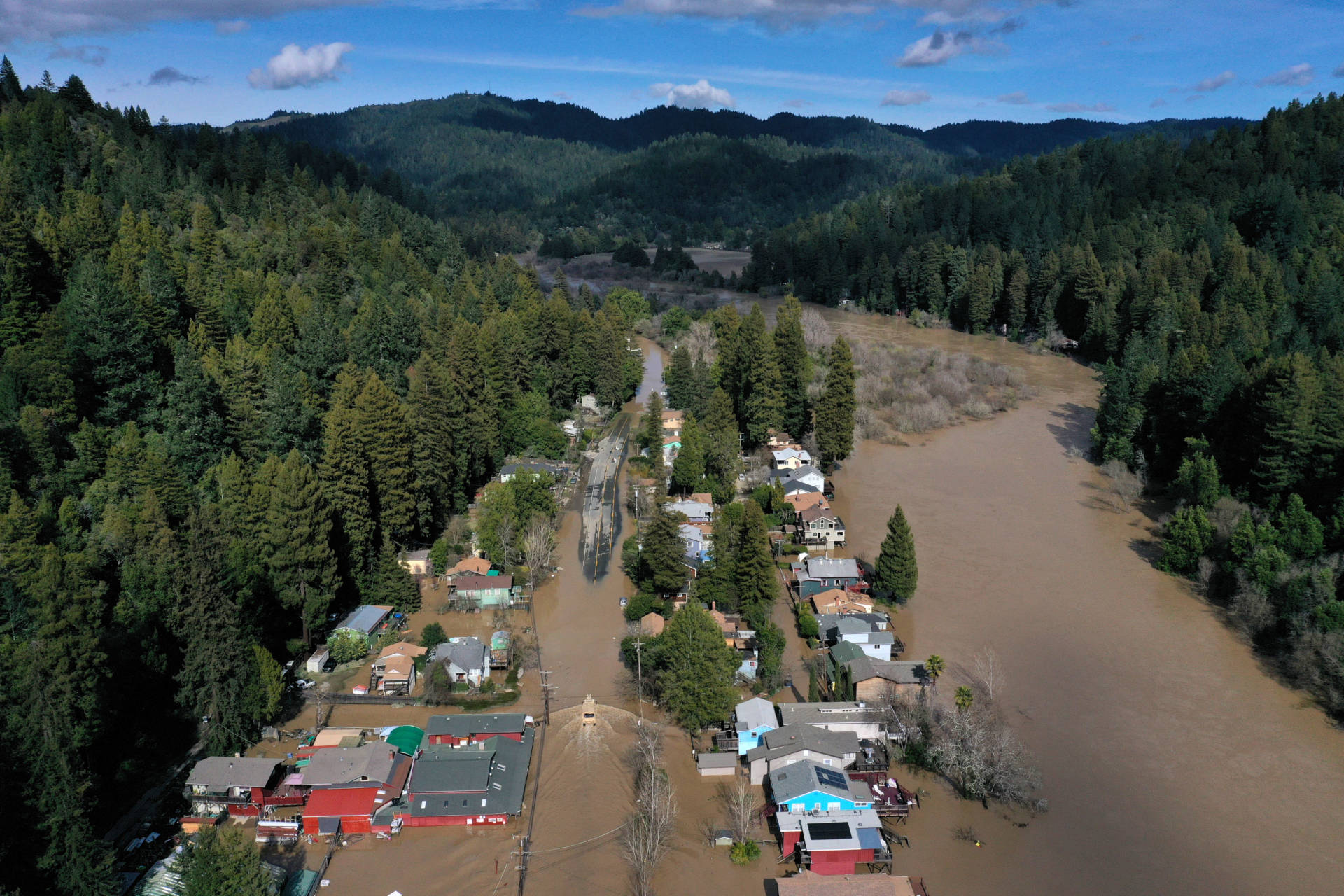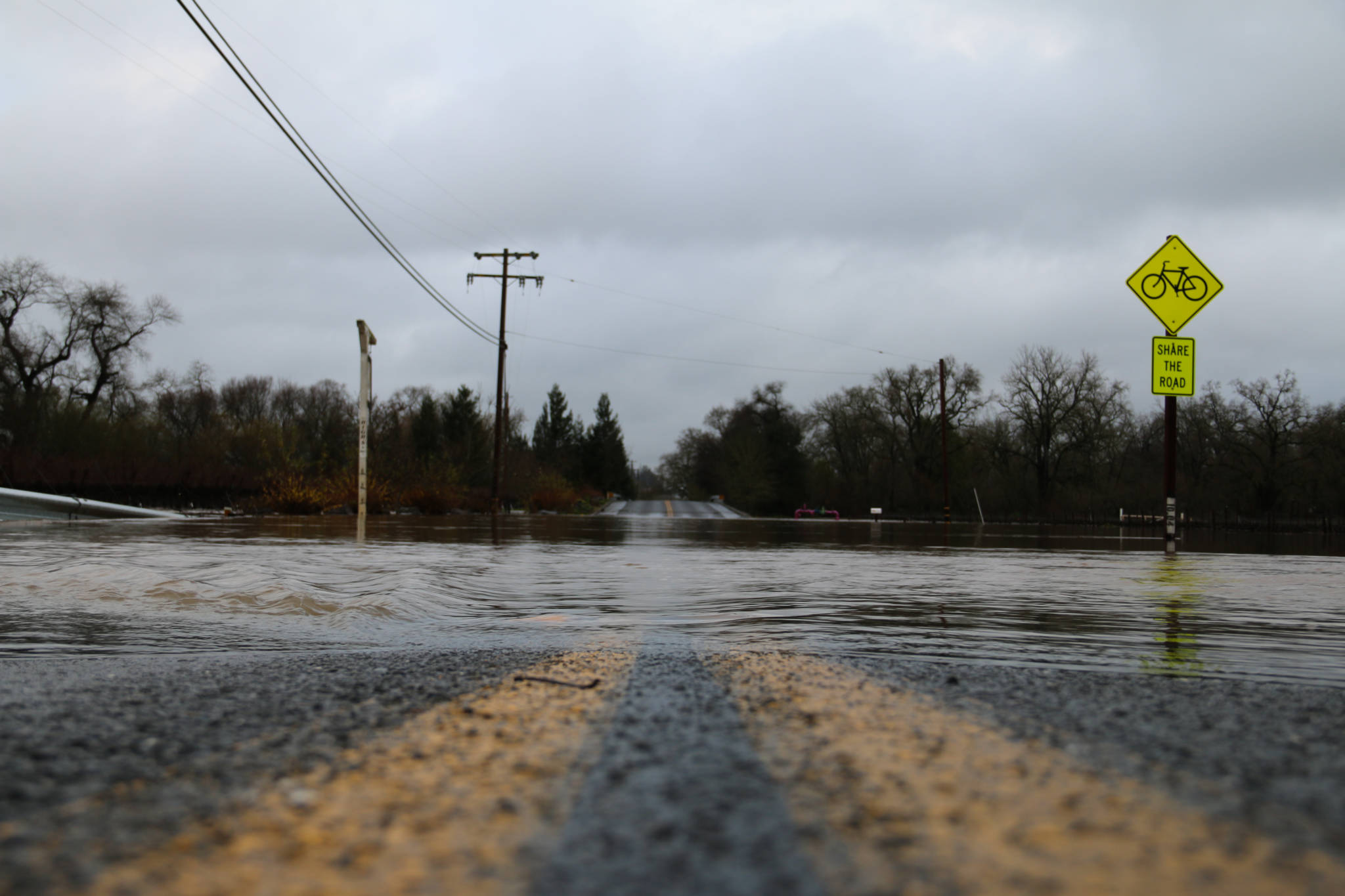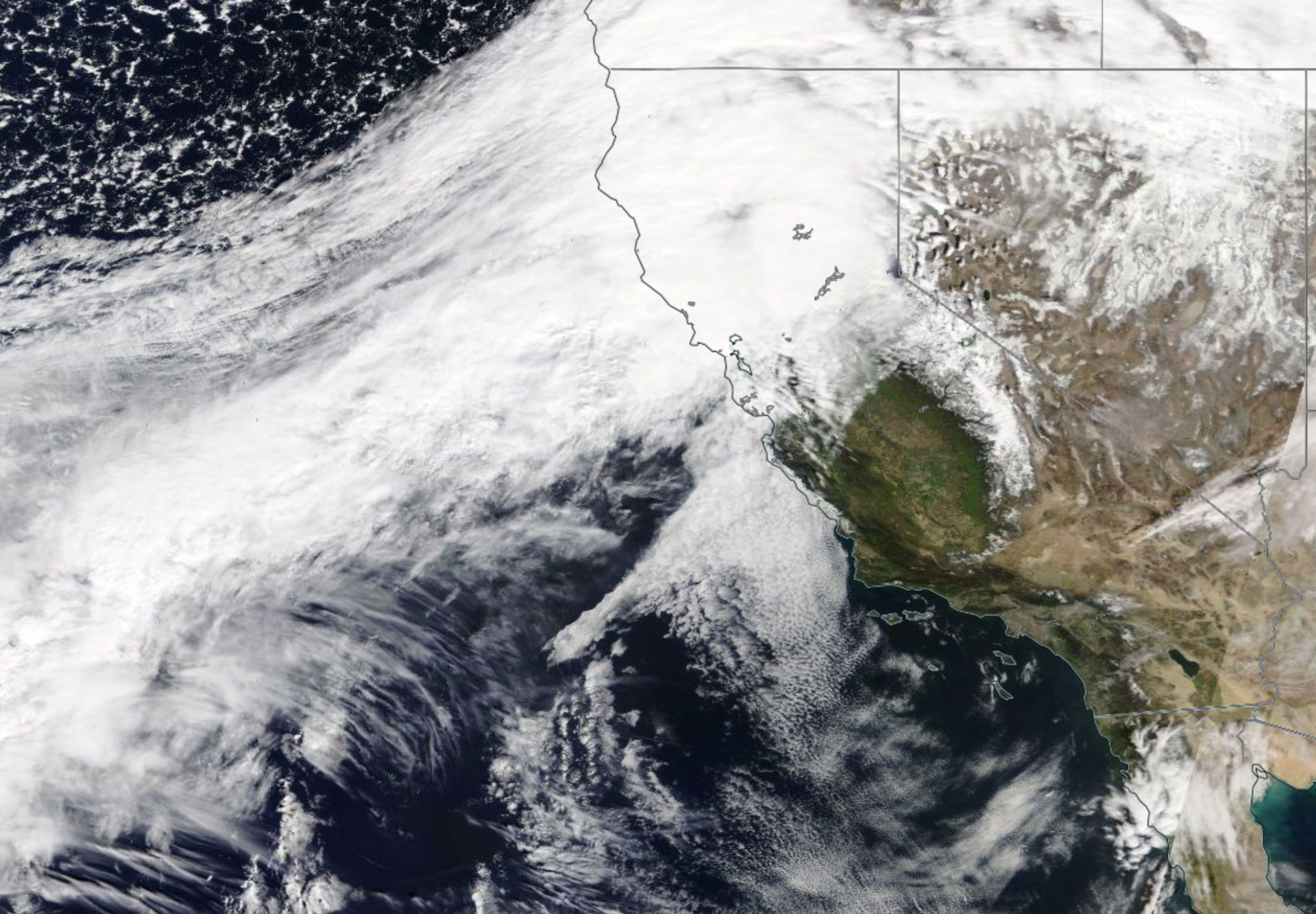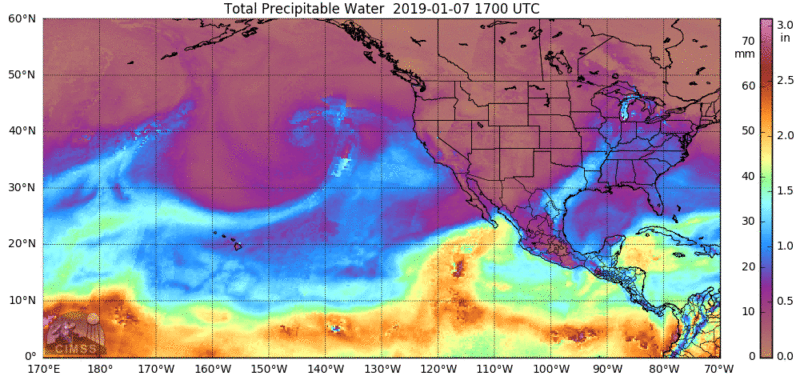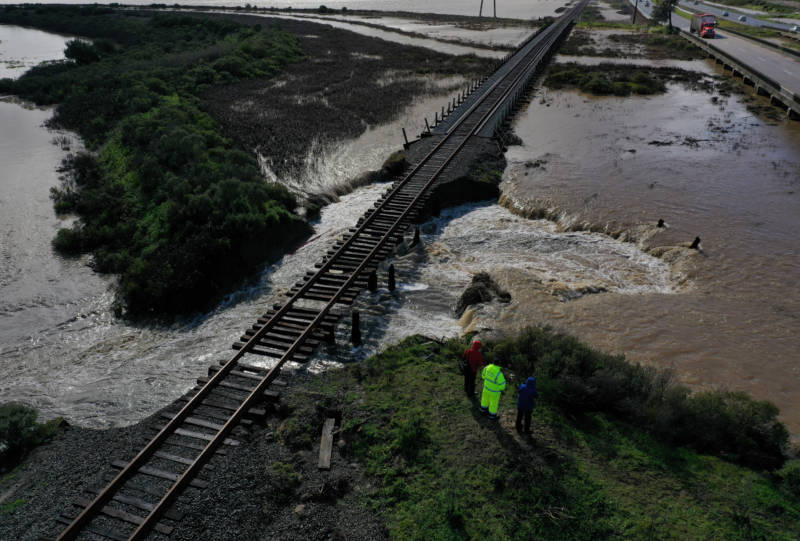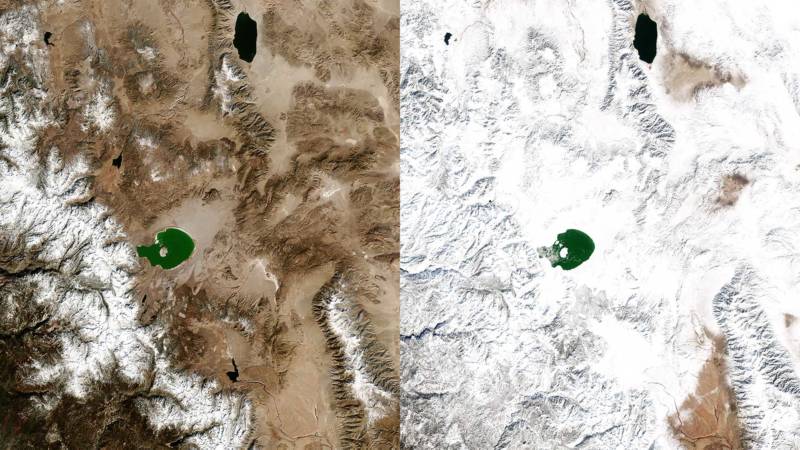Update, 1:50 p.m. Friday:
Authorities have reopened the roads into Guerneville and Monte Rio and the Sonoma County Sheriff's Office said in a statement it has lifted evacuation orders for about 3,500 people. Residents of the two towns are now starting to return home and work crews are beginning to clean up after the flooding from the Russian River.
However, the Sheriff's Office is urging residents to be careful because crews are still in the processing of clearing the roads of debris. Although the roads have been reopened to the general public as well, officials also requested that only those with businesses in the area enter right now. "If you do not have legitimate business in the flood areas, please do not go out there," said the statement.
The river broke its banks Wednesday and reached a high of nearly 46 feet that night — the highest in more than 20 years — filling the stores and homes in downtown Guerneville with muddy water.
The Press Democrat spoke with Sonoma County Sheriff’s Sgt. Spencer Crum:
Among the organizations making inspections in the flooded areas along the Russian River include PG&E, the Sonoma County Department of Health Services and the county’s road maintenance team, Crum said. Each group will be on the look out of hazards caused by the atmospheric river that began on Monday, which include downed power lines and blocked roadways, he said.
Employees from Permit Sonoma will also enter the communities along the Russian River, when the roads become passable, to check flood-affected buildings, Sonoma County Supervisor Lynda Hopkins said.
Gov. Gavin Newsom on Thursday declared a state of emergency in Sonoma County, which Supervisor Hopkins welcomed.
"That was a critical step in allowing us to access additional resources that will help us to fund hopefully some of the major repairs," Hopkins said. "Unfortunately, in addition to the direct impacts to the flooding, we've had a number of road slides and anticipate extensive road damage to our rural road network."
Hopkins expected to survey the area Friday morning and help put together preliminary damage estimates to present to the state on Monday.
The Guerneville School District, Monte Rio School District, Montgomery School District and West Sonoma County Union High School District all remained closed Friday due to flooding, according to the Sonoma County Office of Education.
Update, 8:30 a.m. Thursday: The Russian River crested late Wednesday and has begun the long, slow process of receding. Residents, businesses and Sonoma County officials are bracing for the first view of what the flood left behind -- and for the big cleanup to come.
According to data from a U.S. Geological Survey gauge at Guerneville Bridge, the river hit 45.38 feet at 9 p.m. Wednesday and fluctuated within an inch or two of that level until midnight.
By 8 a.m. Thursday, the river had fallen to about 44 feet. It's expected to fall below flood stage about midnight Thursday.
